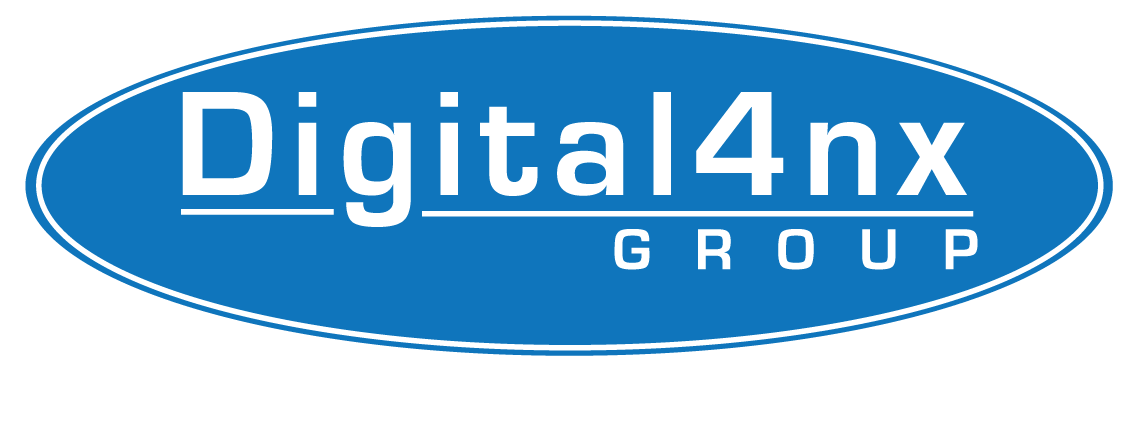Computer artifacts have emerged as invaluable elements of digital forensics in today's rapidly evolving digital environment. These artifacts represent the residual trails left by user activities, encapsulating the who, what, when, where, and how of operations conducted on digital devices. From files and logs to metadata, these digital breadcrumbs are perpetually generated, creating an intricate pattern of footprints irrespective of the operating system.
Key Computer Artifacts in Digital Forensics
Artifacts of Execution
Artifacts of execution provide evidence that a particular program or process has been run on a device. These include:
- LNK Files: These are shortcuts created when an executable file is run. They hold crucial details, such as the file path and the exact execution time.
- Prefetch Files: Developed by Windows to accelerate startup, these files disclose run counts, last run times, and file paths, offering insights into the frequency and recency of application execution.
- Jump Lists maintain a history of accessed applications and last access timestamps, even for deleted files, aiding in reconstructing application usage.
Artifacts of Attribution
These artifacts are pivotal for connecting digital actions to specific users:
- Windows User Account Information: One can pinpoint which user executed a particular action by examining login counts and Security IDs.
- Log Files: Detailed Windows logs offer insights into user logons and logoffs, marking significant digital interactions.
- Communications Artifacts: Emails and other forms of digital communication can be instrumental in associating activities with specific users.
- Web History: It reveals a comprehensive record of websites visited, which can be correlated with other device activities, painting a full picture of user interests and actions.
- File Embedded Metadata: Metadata embedded within files—such as author details and creation dates—can attribute files to specific owners.
Artifacts of Deletion
These artifacts can detect attempts to conceal or destroy evidence:
- Recycle Bin: It retains data about deleted files, including user-specific information on who deleted them and when.
- Windows Volume Shadow Copy Service (VSS): This service sporadically creates backups, effectively preserving deleted files for potential retrieval.
- Carved Data/Orphaned Files: Even deleted files can frequently be partially or fully recovered, often with accompanying metadata.
Case Studies in Digital Forensics
Example: Proving a User's Activity
Consider an investigation seeking to verify if a user named "Selina" executed a specific task on a computer. An examination might uncover Selina's user account data and scrutinize the Windows Event Logs for her login times. If emails were dispatched from her account corresponding with the timeframe of the activity, it would substantiate the attribution. Further, web history and file metadata analysis might provide additional connections, linking Selina to the device.
Example: Recovering Deleted Evidence
Imagine a scenario where a suspect eradicated incriminating files. Investigators might initially examine the Recycle Bin. If the files are absent, subsequent searches through Volume Shadow Copies or carved/orphaned files may yield results. Retrieving these "deleted" files could be pivotal in the investigation.
By mastering the interpretation and analysis of these computer artifacts, digital forensics experts can reconstruct a comprehensive narrative of user activity, presenting vital evidence in both investigative and legal settings. Their proficiency in unearthing concealed data and assigning actions to individuals renders computer artifacts indispensable in the contemporary digital arena.
